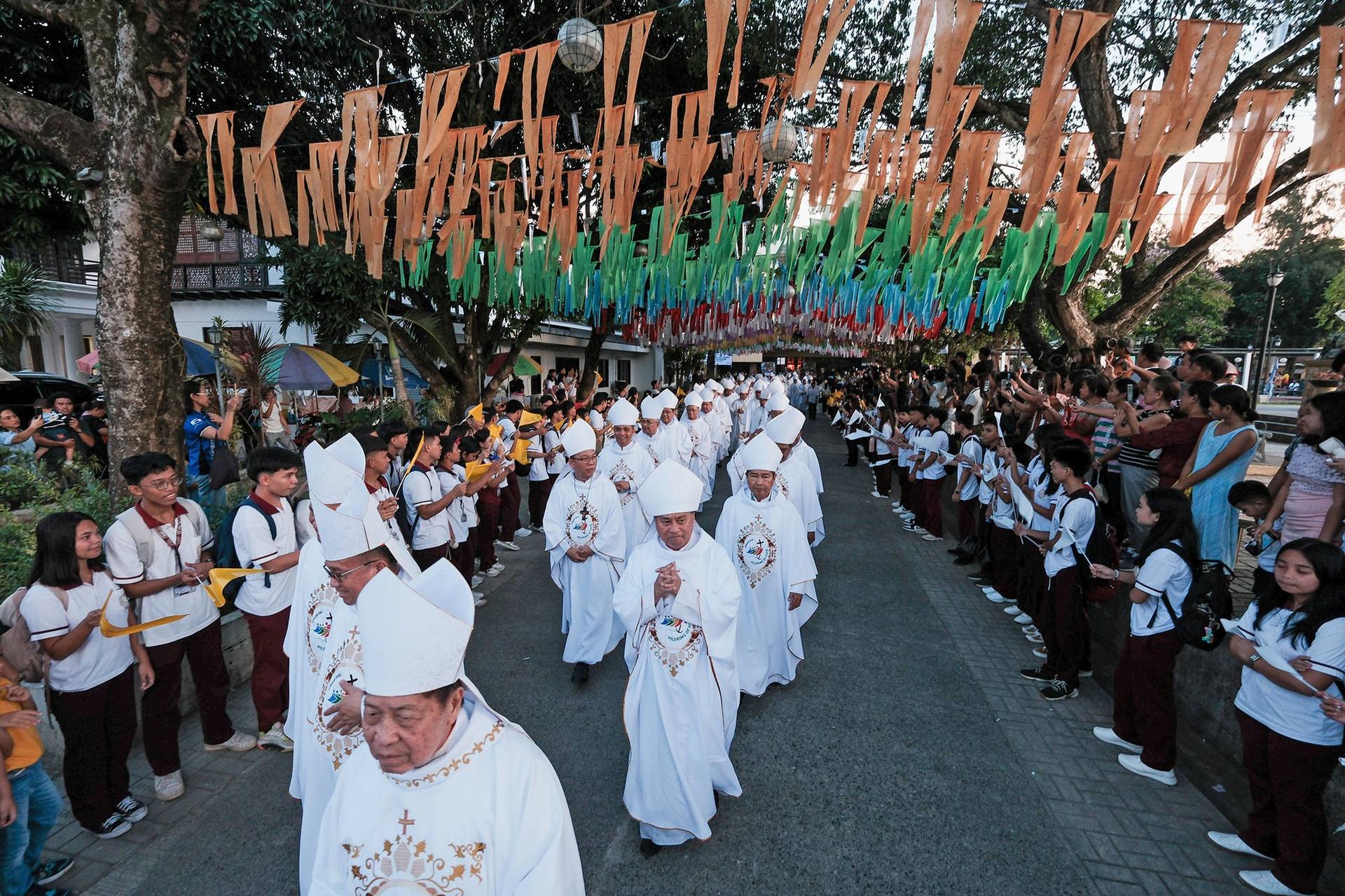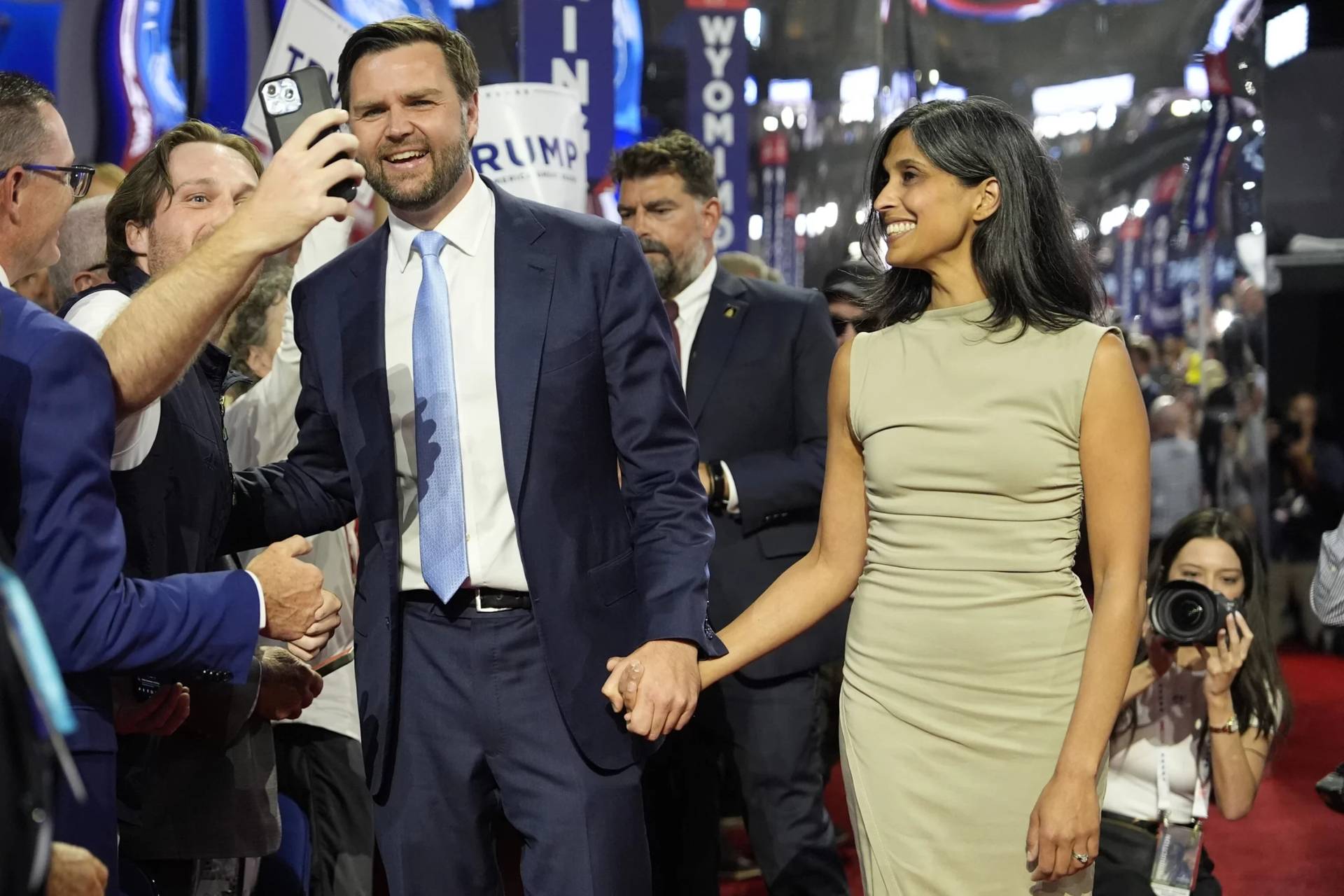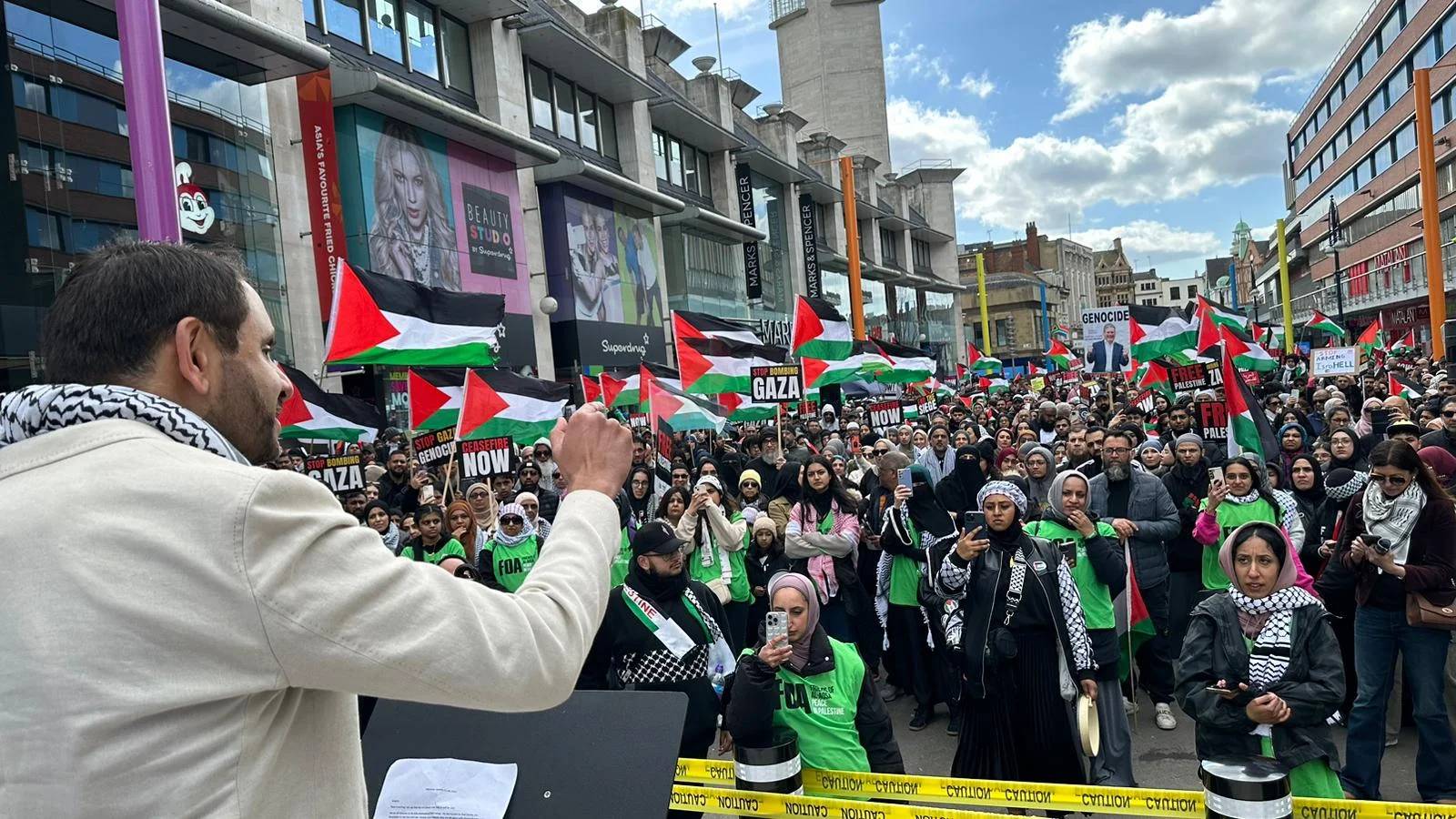It’s not as if Americans should have needed Charlottesville, Virginia, to remind us we’ve got a problem with race, including the ugly growth of white supremacy. Yet if the horrifying images we saw Saturday, including a car driven by a man with a history of Nazi sympathies plowing into a crowd of counter-protestors, leaving one dead and at least 19 injured, wasn’t a wake-up call, it’s hard to know what would be.
As Archbishop Wilton Gregory of Atlanta put it in a recent Crux interview:
“We’ve grown very accustomed to saying in the face of violence, ‘We send our thoughts and prayers.’ What we need to do is to send the thoughts and prayers before the event occurs. We need that investment before we’re using it in the face of a violent action,” he said.
Post-Charlottesville, that seems more obvious than ever. The question is, where will that investment take shape?
From a Catholic point of view, it’s hard not to think one such venue could be, and should be, the Catholic Church. We’re a quarter of the national population, and the Church in the U.S. includes within itself people of all racial and cultural backgrounds.
If that’s to happen, American Catholicism will have to take full advantage of all the resources it’s got. While there are many, one that’s often overlooked is represented by the country’s African-American bishops, and organizations of African-American Catholics such as the National Black Catholic Congress.
To be clear, there’s a serious risk of being patronizing, as well as not appreciating the magnitude of the challenge, to think, “We should do something about race, so let’s get the black Catholics to do it.” That woefully underestimates the importance of what’s at stake. This is a national problem that affects everyone, and everyone has to be involved in seeking a solution.
Perhaps what the American church needs is a national summit on race, maybe a smaller-scale version of the recent “Convocation of Catholic Leaders” hosted by the bishops in Orlando, Florida, in early July, devoted exclusively to this topic, which wouldn’t just feature African-American or Hispanic Catholics (or Asians etc.), but all of us together.
At the same time, the country’s roughly 3 million African-American Catholics, as well as our 16 African-American bishops (including nine currently in office and seven retired), bring unique perspectives and experiences to bear on that common effort.
Those sitting bishops are:
- Archbishop Wilton Gregory of Atlanta
- Bishop Edward Braxton of Belleville, Illinois
- Bishop Shelton Fabre of Houma-Thibodaux, Louisiana
- Bishop Curtis Guillory of Beaumont, Texas
- Bishop Martin D. Holley of Memphis, Tennessee
- Bishop George V. Murry of Youngstown, Ohio
- Auxiliary Bishop Joseph Perry of Chicago
- Auxiliary Bishop Fernand Cheri of New Orleans
- Auxiliary Bishop Roy Edward Campbell of Washington, D.C.
In early July, shortly after the Convocation, the National Black Catholic Congress held its 12th assembly in Orlando, Florida, bringing together 2,000 people representing 107 of the 195 dioceses in America.
Braxton was one of the principal speakers, and he lamented what he described as the virtual “invisibility” of African-Americans within the broader Catholic Church.
Talking about the National Museum of African American History and Culture in Washington, D.C., Braxton praised the museum overall but was sharply critical of its exclusion of major figures in African-American Catholic history, such as Father Augustus Tolton, the Sisters of the of the Holy Family, Sister Henriette Delille, Father Pierre Toussaint, Mother Mary Lange, and Sister Thea Bowman.
“These absences reminded me that African-American Catholics, then and now, were already invisible in the larger influential black church,” Braxton said. “At the same time, African-Americans were, and remain, all but invisible in the larger influential and largely European-American Catholic Church.”
There are undoubtedly lots of reasons for that neglect, some benign and others not so much, but in any event, it must end. If the Catholic Church is to be a contributor to racial healing in America, it has to begin by taking its own racial diversity more seriously, learning to value both the pasts and presents of all those communities.
One of the retired African-American prelates, Bishop John Ricard of Pensacola, Florida, serves as President of the National Black Catholic Congress, and he’s announced that the group is working on a new pastoral plan that should be completed in a few months. Meanwhile, a committee within the U.S. bishops’ conference is working on a new pastoral letter on racial harmony, as a follow-up to a 1979 document called “Brothers and Sisters to Us.”
Both of those projects were important before, but now they feel like front-burner priorities. It would be a promising sign if every diocese in America were to offer to assist, either financially or logistically, and would also take the results deeply seriously when they’re done – talking about them, publicizing them, inviting others to study them, and so on.
American society desperately needs help on the question of race, and the Church has unique assets to deploy. The church could be a game-changer, as long as those resources are able to step out of the shadows of “invisibility” and get the hearing they deserve.

















